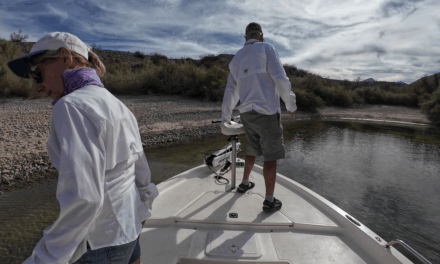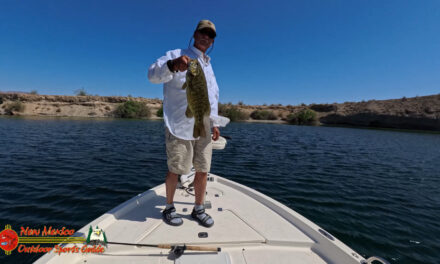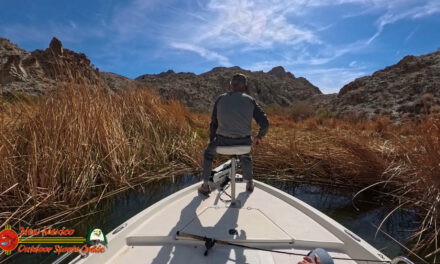AUSTIN, Texas — Since January 2009, a microscopic alga most often found in north and west Texas has been confirmed at four south Texas sites: Corpus Christi, Kingsville, McAllen, and Jim Hogg County. All four occurrences caused fish kills in private ponds and investigations by the Texas Parks and Wildlife Department’s Kills and Spills Team have found no evidence that public waters were affected.
– Lake Mohave
The organism, Prymnesium parvum or golden alga, is a naturally-occurring species that was first confirmed in Texas’ Pecos River in 1985, marking the first record in the Western Hemisphere. Since then, golden alga has been found to occur in inland waters of an additional 15 states. Prior to 1985, this species was mostly known from brackish European waters.
Sometimes the algae reproduce very rapidly, resulting in what is referred to as a bloom. Golden alga blooms can give the water a yellow or copper color and cause foaming along shorelines. Under certain environmental conditions, golden alga produces toxins that affect gill-breathing organisms such as fish, clams and mussels. There is no evidence that these toxins harm other wildlife, livestock or humans.
Fish can escape a toxic bloom by retreating into an area that receives fresh, flowing water, such as a cove or inlet. Since 2001 golden alga has caused seasonal fish kills in the upper reaches of the Canadian, Red, Brazos, Colorado, and Rio Grande river basins. The lower Brazos River experienced two fish kills in 2006; before this event most fish kills had largely taken place west of Interstate Highway 35.
It remains unknown why golden alga blooms have been restricted to freshwater in the U.S., while they are a coastal concern in places such as Europe, the Mediterranean, and New Zealand. Due to its wide salinity tolerance, there is concern that golden alga might one day threaten Texas’ bays and estuaries and cause fish kills similar to those caused by red tides.
TPWD is coordinating efforts to monitor fish kills caused by toxic golden alga, to research golden alga for better understanding and management, and to manage the recreational fisheries of Texas with river authorities, state agencies and university researchers. Studies have resulted in control methods for golden alga in ponds and small reservoirs; however these methods are not economically or ecologically feasible for application to larger water bodies.
Golden alga does not thrive in waters with salinity below approximately 1.5 parts per thousand. Pond owners might reduce the chances of a bloom, and any resulting threat to surrounding water bodies, by avoiding the filling or topping of ponds with salty ground or surface water.
– Lake Mohave






